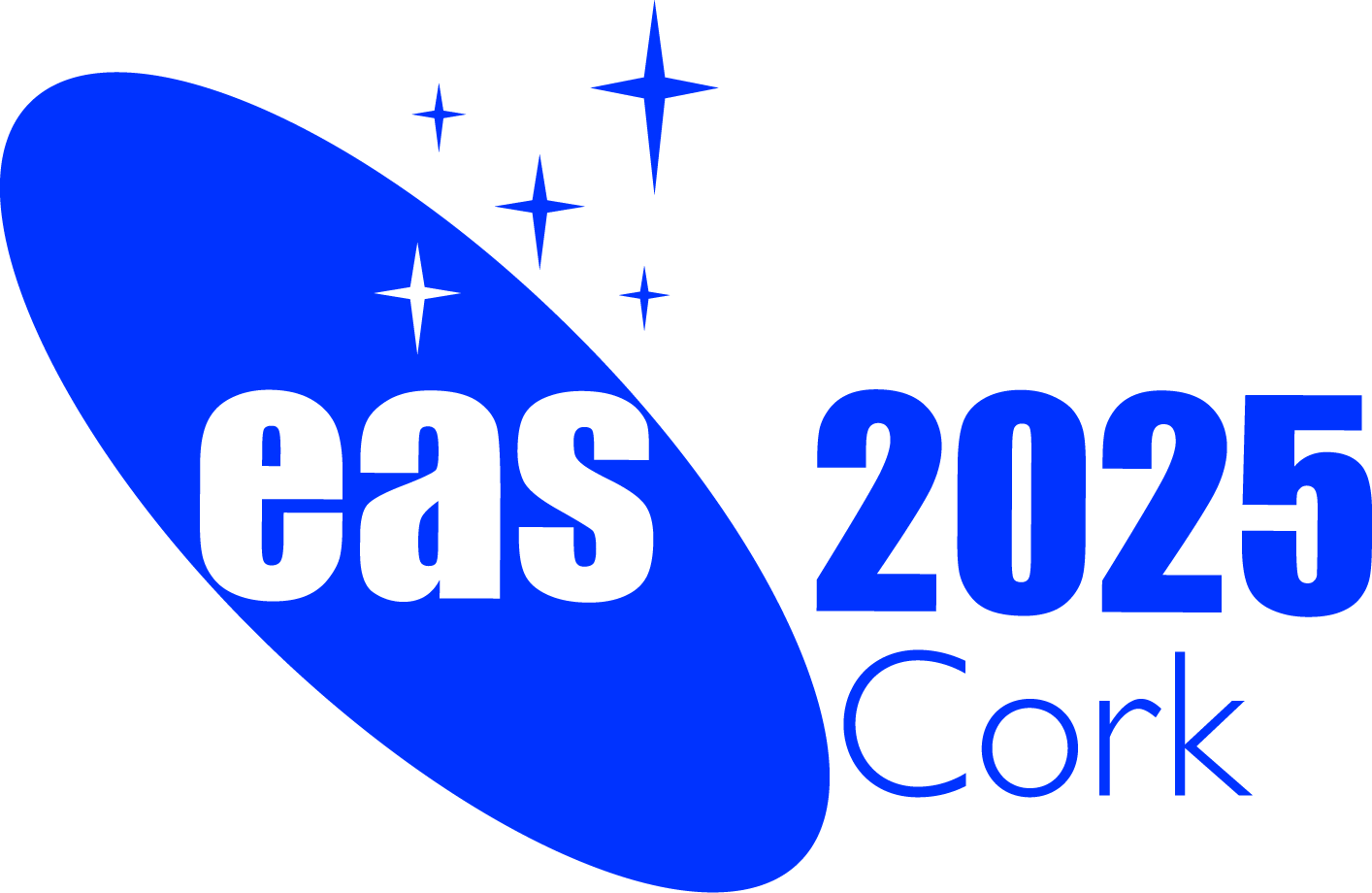Special Session SS24
26 June 2025
Compact binary millisecond pulsars and the growing spider web
News:
Aim for contributed talks of around 7.5 to 8 mins, to save time for questions. At the end of the day (6:20 to 6:30 p.m.), we will have a general Q&A session for any additional discussions on the talks presented during the day.
Aims and scope
 Millisecond pulsars (MSPs) in compact binaries (the so called spider pulsars) are key to understanding i) interacting binary evolution, ii) accretion flows and pulsar winds close to the light cylinder and iii) the maximum possible neutron star mass. The population of known spiders has grown exponentially since 2008, and extensive studies have been conducted across radio, X-ray, optical and gamma-ray wavelengths. At the same time, numerical simulations and theoretical models have been developed to understand and exploit the emerging phenomenology.
Millisecond pulsars (MSPs) in compact binaries (the so called spider pulsars) are key to understanding i) interacting binary evolution, ii) accretion flows and pulsar winds close to the light cylinder and iii) the maximum possible neutron star mass. The population of known spiders has grown exponentially since 2008, and extensive studies have been conducted across radio, X-ray, optical and gamma-ray wavelengths. At the same time, numerical simulations and theoretical models have been developed to understand and exploit the emerging phenomenology.
The widely accepted evolutionary link between X-ray binaries (XRBs) and MSPs is known as the recycling scenario, where the pulsar spins up to millisecond periods by accreting material during the XRB mass-transfer phase. Compact binary MSPs have been proposed to host the most massive neutron stars, and their study has important ramifications for stellar and binary evolution, nuclear physics and gravitational wave astronomy. Moreover, new sub-types of spiders are emerging as our surveys and binary evolution models improve.
Transitional MSPs, known to alternate between the accretion disk and radio pulsar states, are ideal laboratories to study the final stages of recycling as well as under-luminous accretion flows around neutron stars. Once the XRB phase ends these pulsars spin down, converting their rotational energy into particle acceleration and subsequently radiation that is observed across the electromagnetic spectrum, at least up to GeV energies, in ways that still require further study.
During this symposium at the 2025 EAS Annual Meeting in Cork, we will bring together researchers working on different aspects of radio pulsars, accretion physics, X-ray binaries, and high-energy astrophysics (encompassing both observations and theory). Now is the perfect time to review, analyze, and discuss the surge of new findings in this dynamic, multi-disciplinary, and fast-evolving field.
Programme
This special session (SS24) will encompass a variety of topics in neutron star and high-energy astrophysics, spanning both theoretical work and multi-wavelength observations:
- Binary evolution: LMXBs and MSPs
- Radio MSPs: eclipses and orbital variability
- Neutron star masses and optical views of spiders
- X-rays: states and intra-binary shock
- MSPs: gamma-rays and orbital modulation
- Numerical simulations of wind, magnetosphere and accretion flow
Invited speakers
- Rene Breton (University of Manchester, UK)
- Claire S. Ye (Canadian Institute for Theoretical Astrophysics, Canada)
- Colin Clark (Albert Einstein Institute, Germany)
- Kyle Parfrey (Princeton Plasma Physics Laboratory, United States)
- Alessandro Papitto (INAF/Osservatorio Astronomico di Roma, Italy)
- Alexandra Veledina (University of Turku, Finland)
Scientific organisers
- Devina Misra (Chair; NTNU, NO)
- Manuel Linares (Co-Chair; NTNU/UPC, NO/ES)
- Nanda Rea (ICE-CSIC, ES)
- Tiziana Di Salvo (UNIPA, IT)
- Mark Kennedy (UCC, IE)
- Jordan Simpson (NTNU, NO)
Contact
Devina Misra: msp.eas2025 @ gmail.com
Updated on Tue Jun 17 17:31:26 CEST 2025

 A power cut will shut down all EAS services on Tuesday, 10 January 2017 starting at 7:30 CET.
A power cut will shut down all EAS services on Tuesday, 10 January 2017 starting at 7:30 CET.

